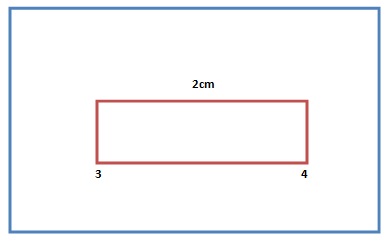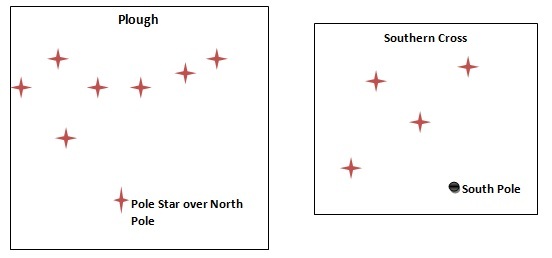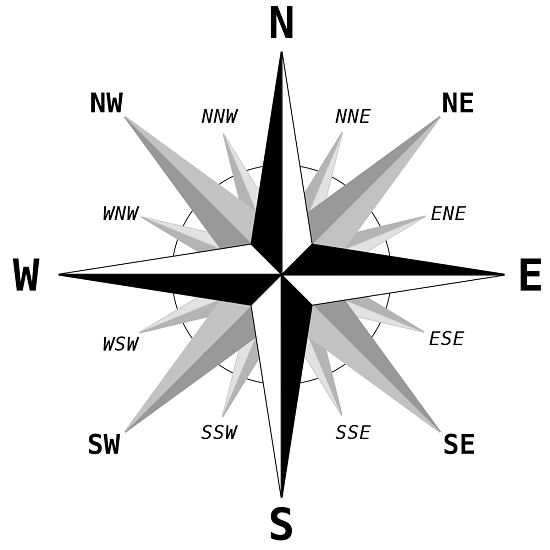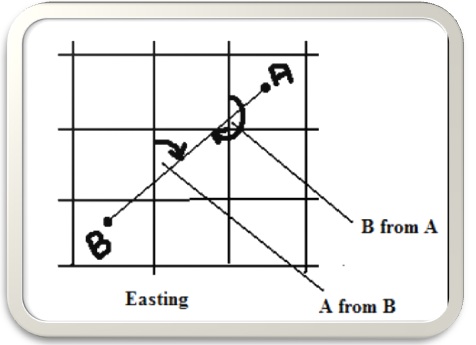- Relief is the nature of landscape e.g. plain, plateau, valleys, hills, etc.
Spot Heights
- Points on map whose positions and heights have been determined by surveyors.
- They are shown by a dot and a figure e.g. (.1827).
- Advantage-show actual heights
- Disadvantage-can’t be used to identify landforms.
Trigonometrical Stations/Points
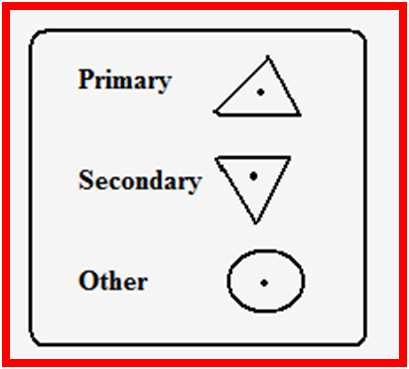
- Carefully chosen points carefully chosen and their altitude determined which are used as a basis for surveying an area.
- They are marked on the ground by concrete pillar or slab.
- They are indicated on topographical maps by:
Isohypes/Contours and Form Lines
A contour is a line on a map joining all points of the same height above sea
level. They are browner in colour and have heights written on them.
Form lines
-They are lines drawn on a map joining places of approximately the same height above sea level. They are less brown than contours and not all have values written on them.
- Both contours and form lines are referred to as contours.

Contour/Vertical interval is the difference in height between any two
successive contours.
Advantages of contours:
- They show actual heights.
- Can be used to identify land forms.
Pictorials
- Showing relief by drawing landforms at approximate positions where they are found e.g. mountains, hills, valleys, etc.
Disadvantages:
- They obscure details behind them.
- Don’t give height above sea level.
- Limited variety of landforms can be accommodated.
Hachures
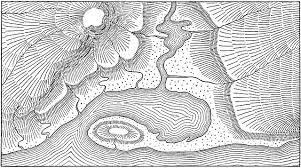
- Short lines drawn to represent direction of slope.
- On steep land they are thick and close together.
- On gentle slopes they are thin and wide apart.
- Their disadvantage is that they can’t be drawn on flat land.
Hill Shading
- Showing relief by shading to show shadows where by steepest slopes which are list lit have darker shade while hill tops, surfaces of plateaus and plains and
valley bottoms are well lit have lighter shade.
Layer Tinting
- Colouring or shading land within a certain range of altitude or using a single colour with varying tones where the colour gets darker with increasing altitude.

